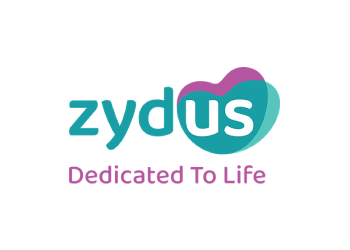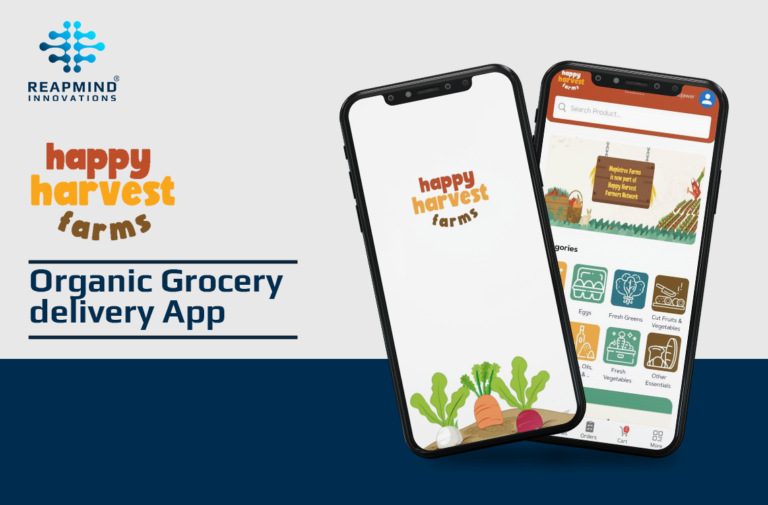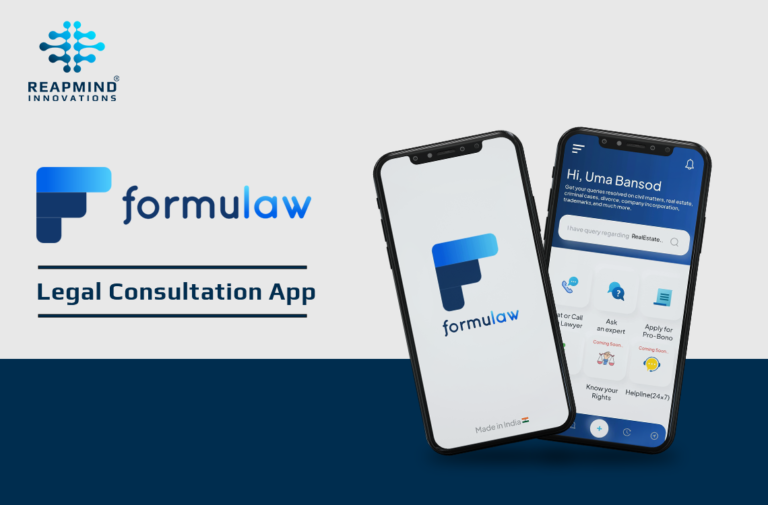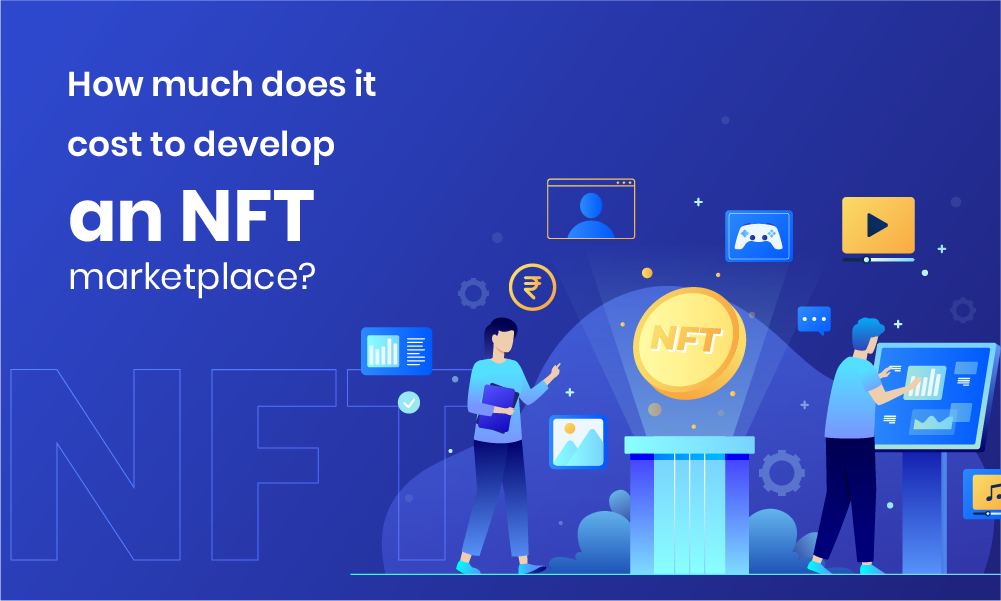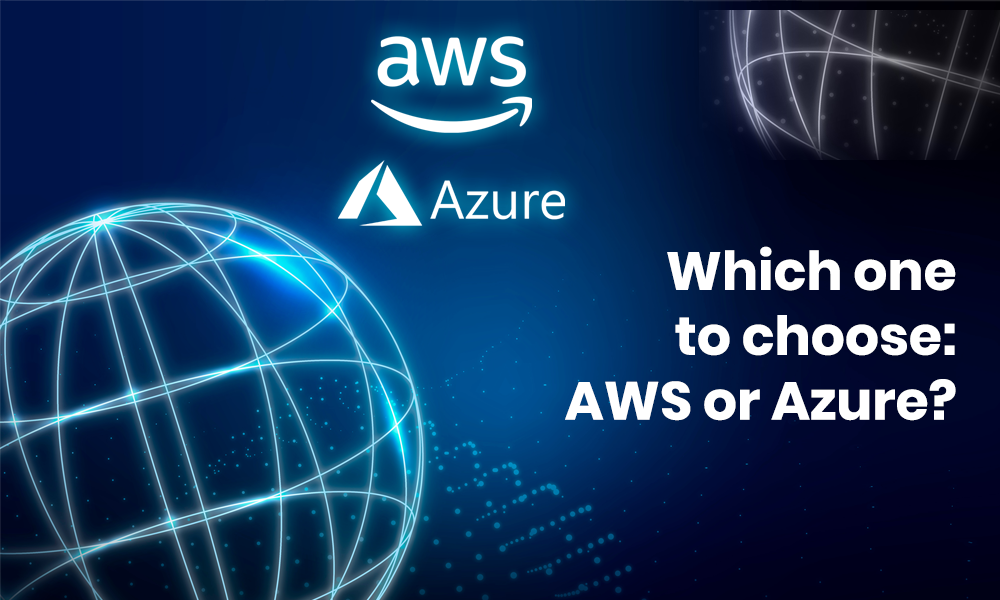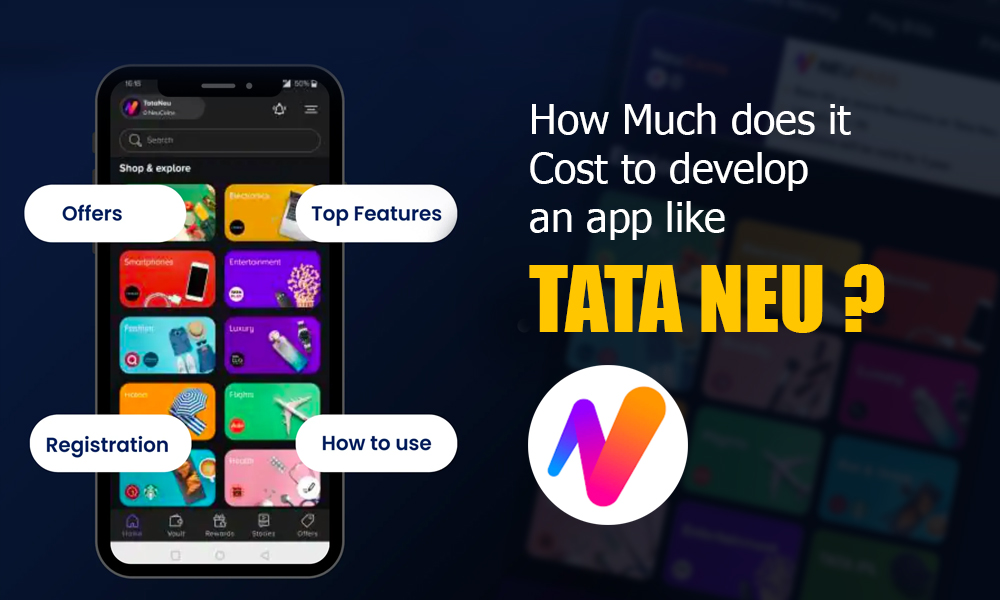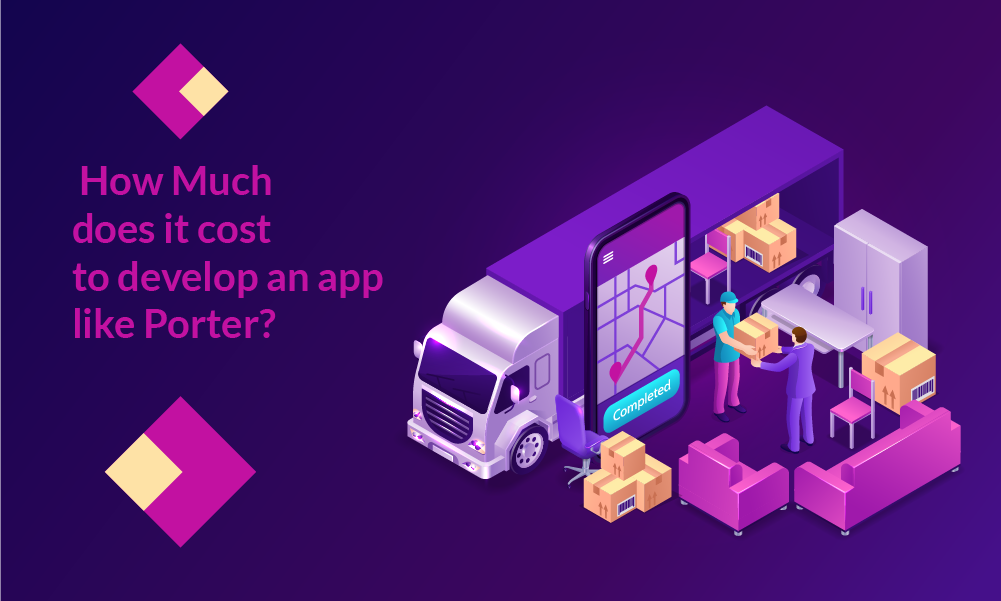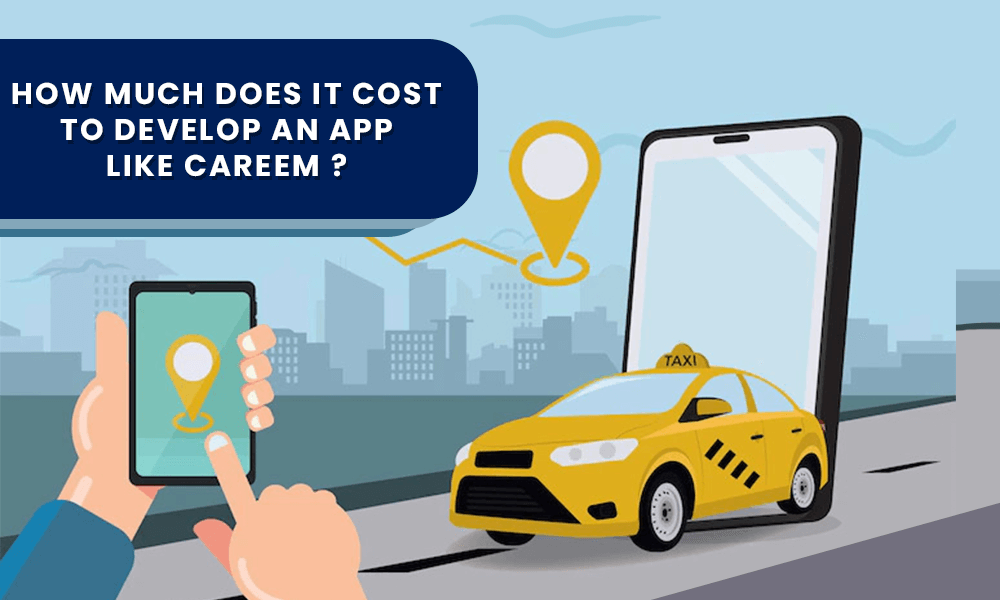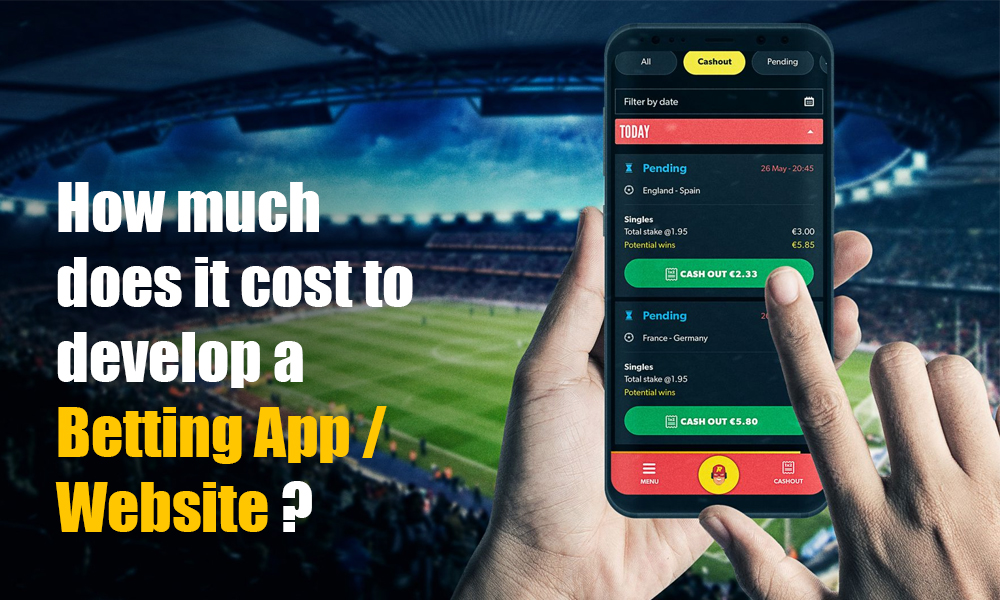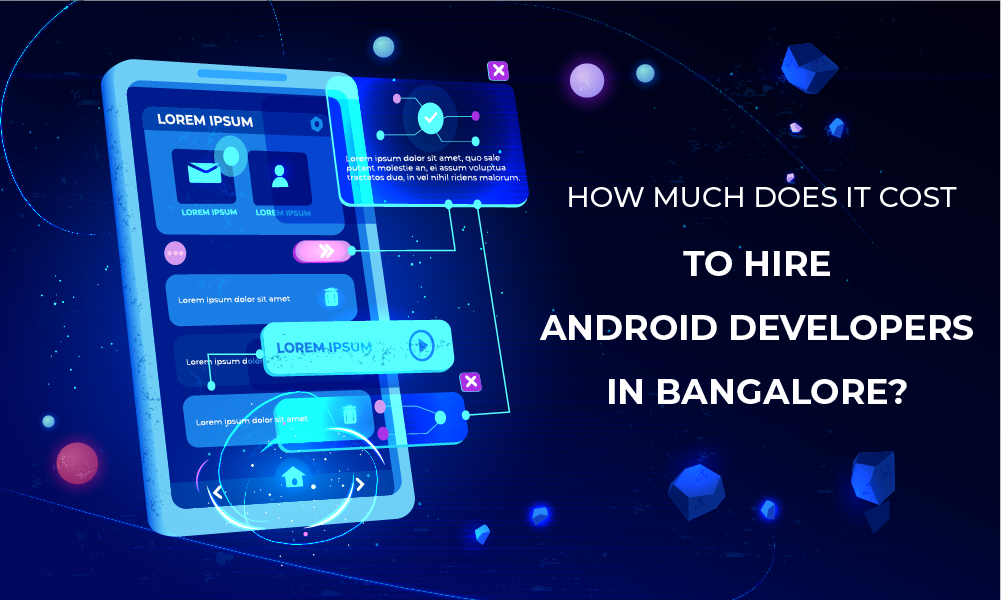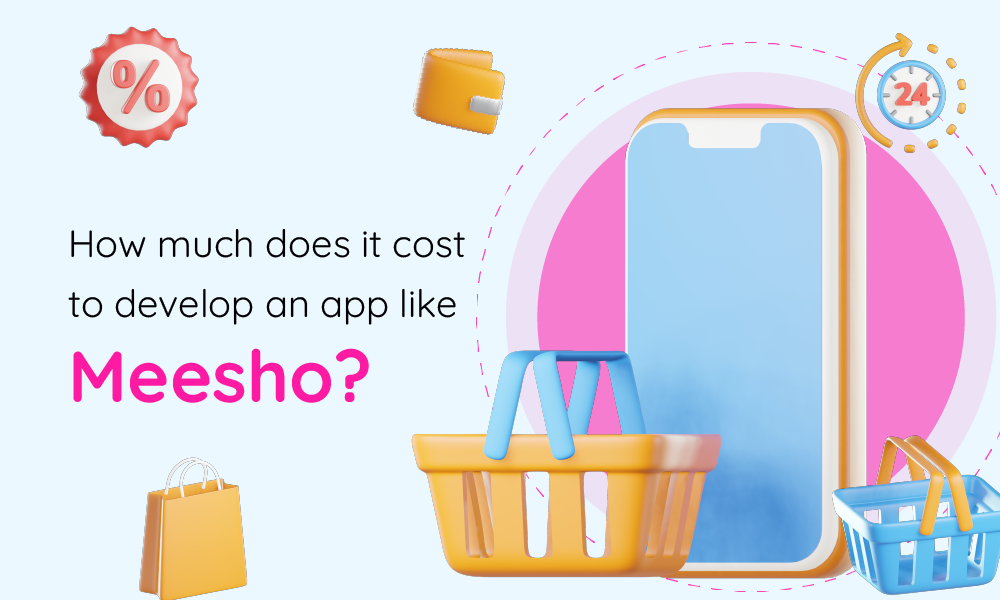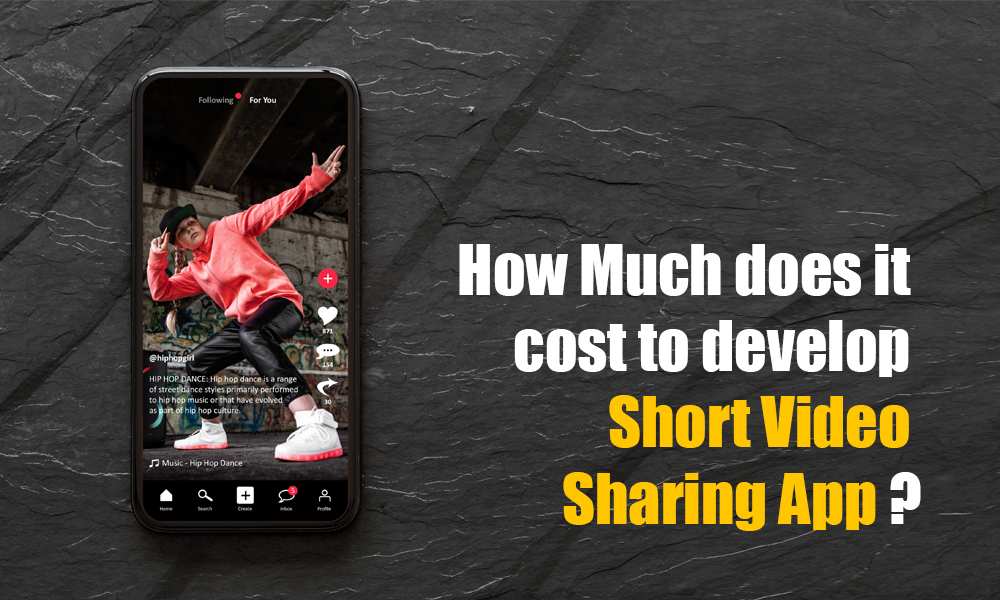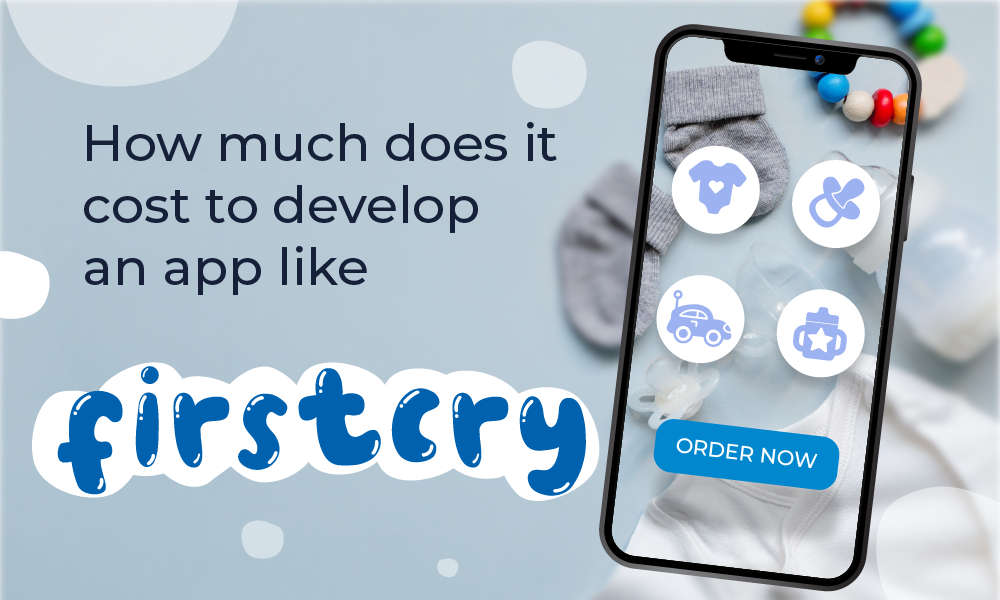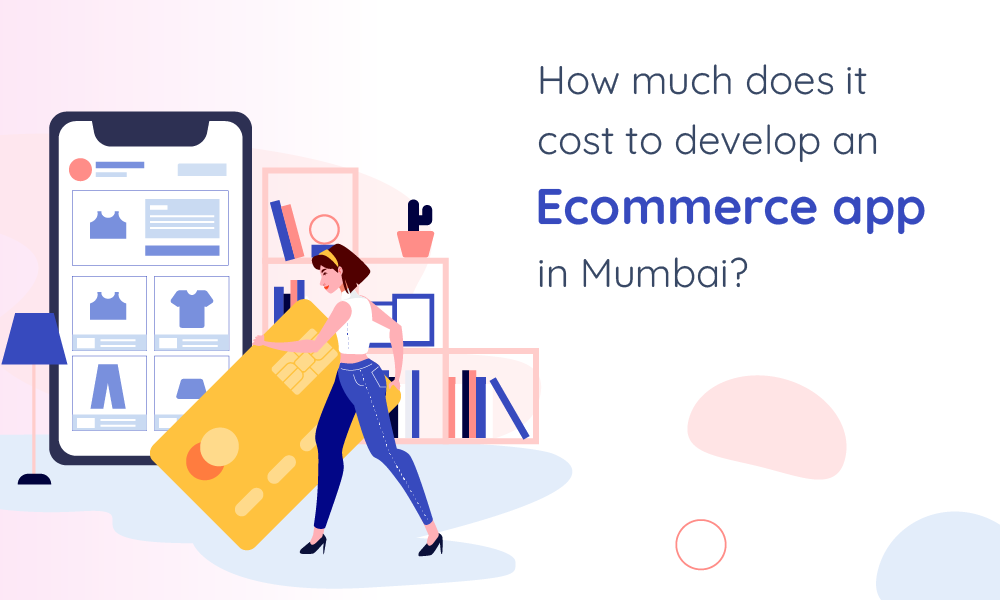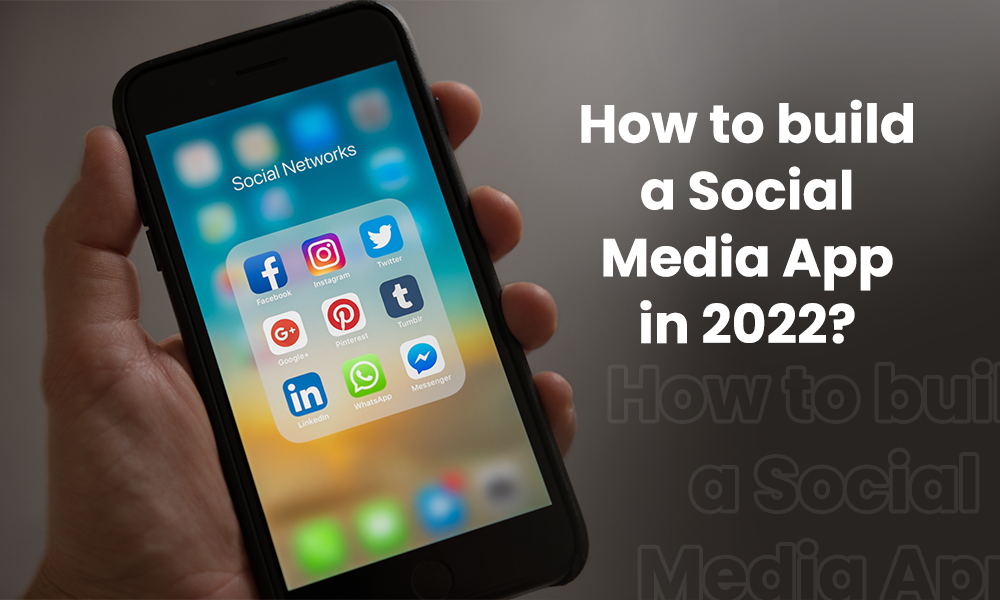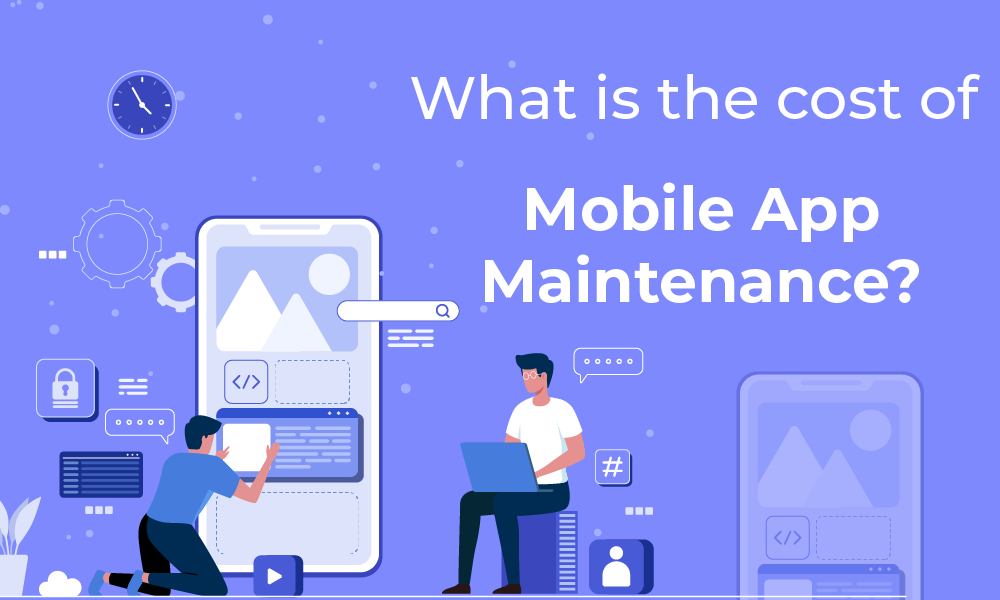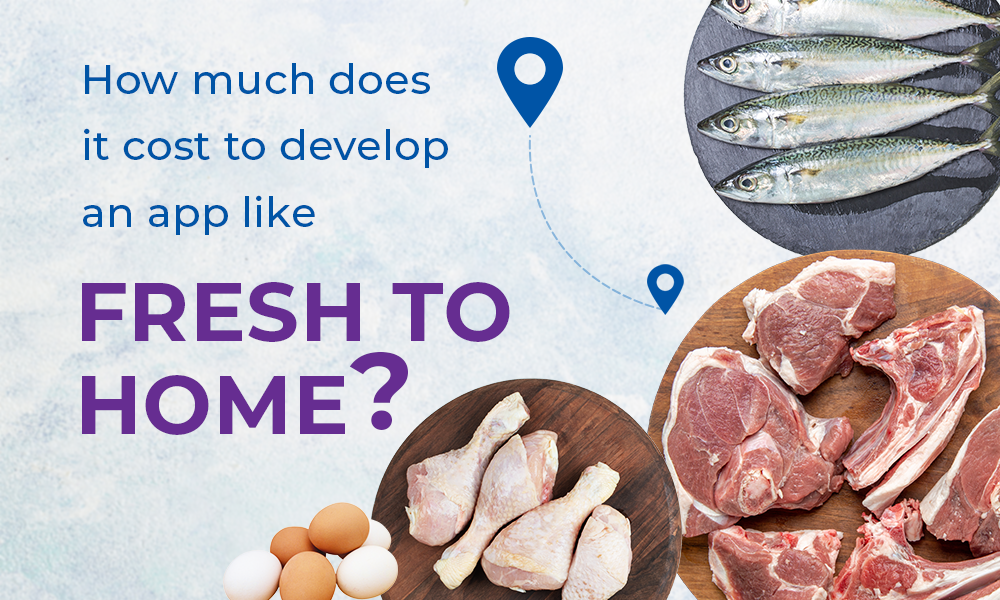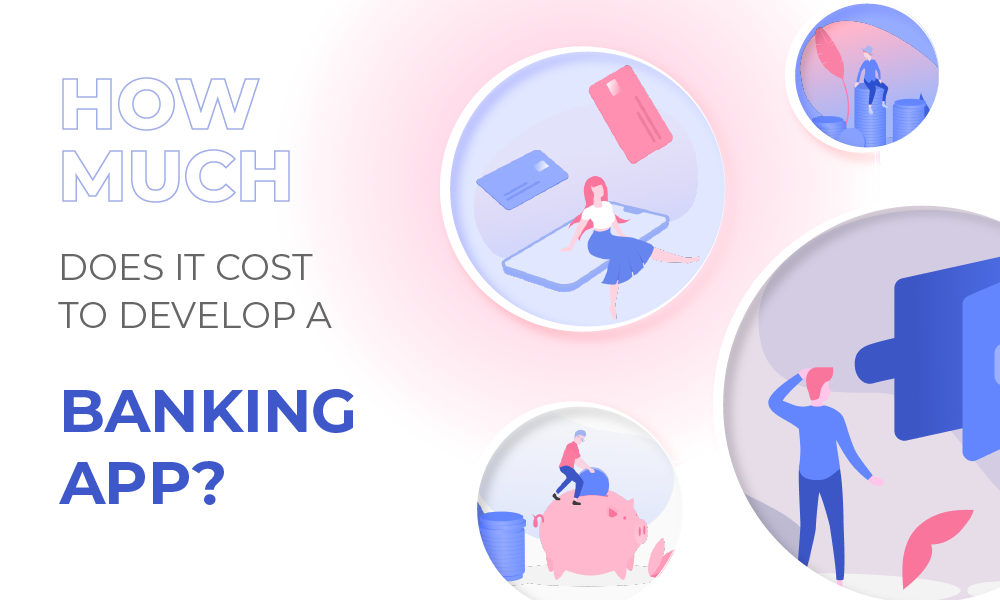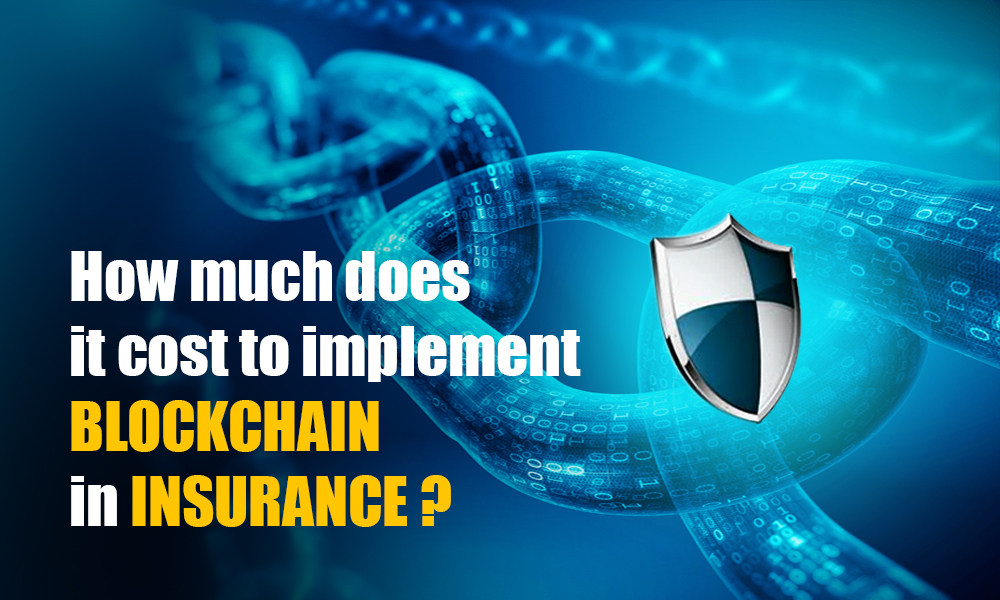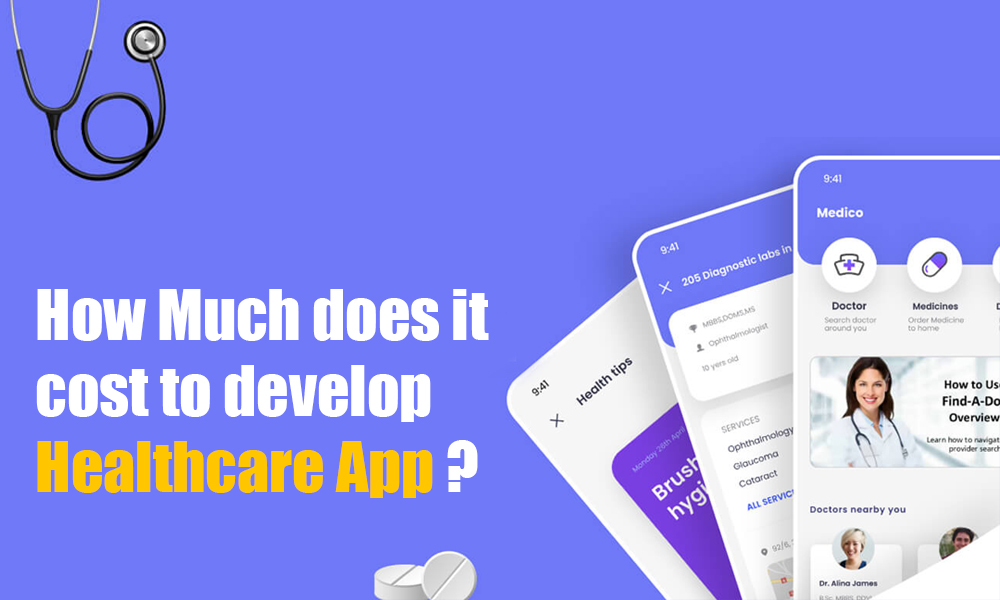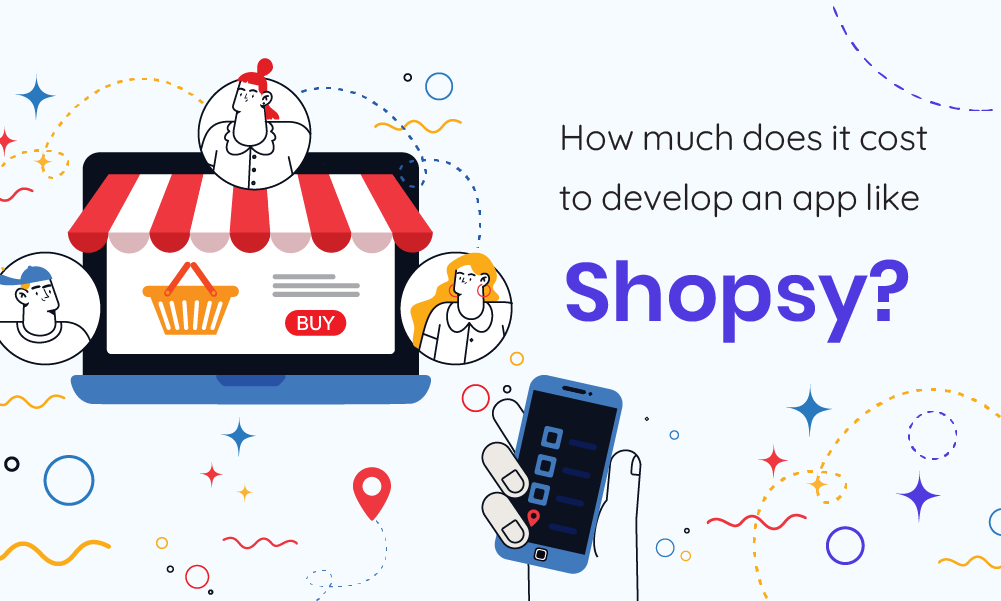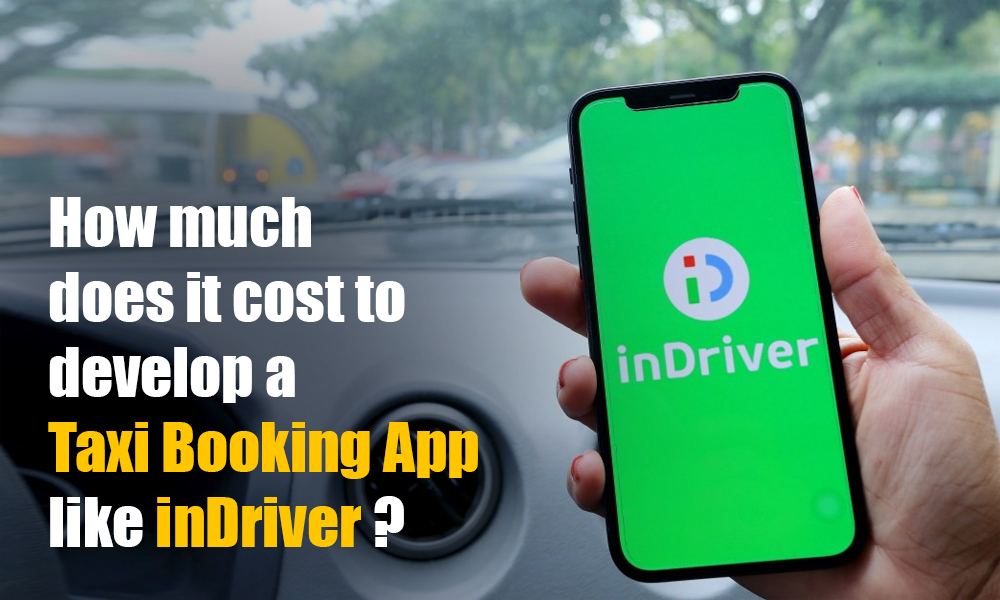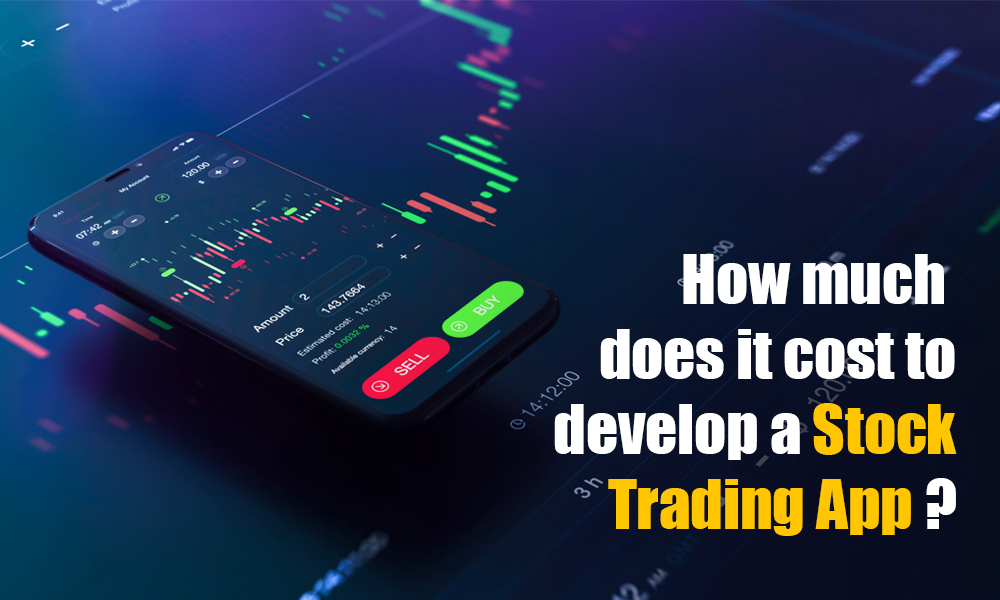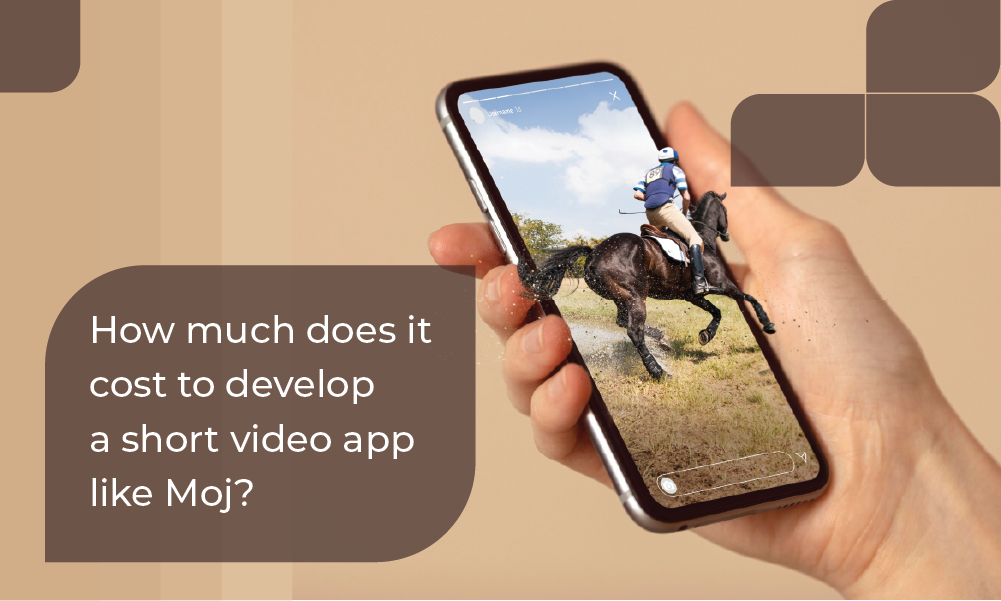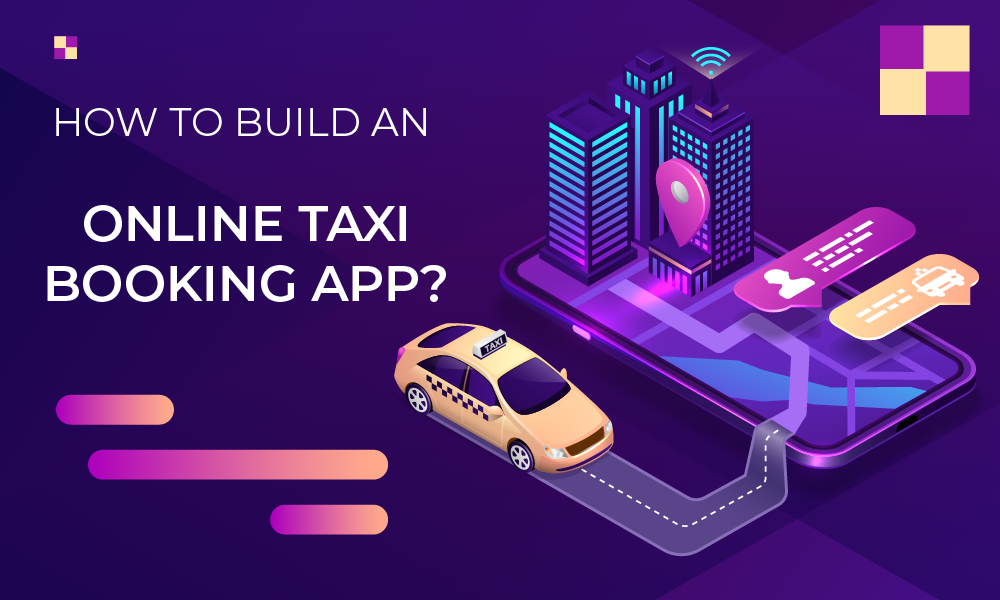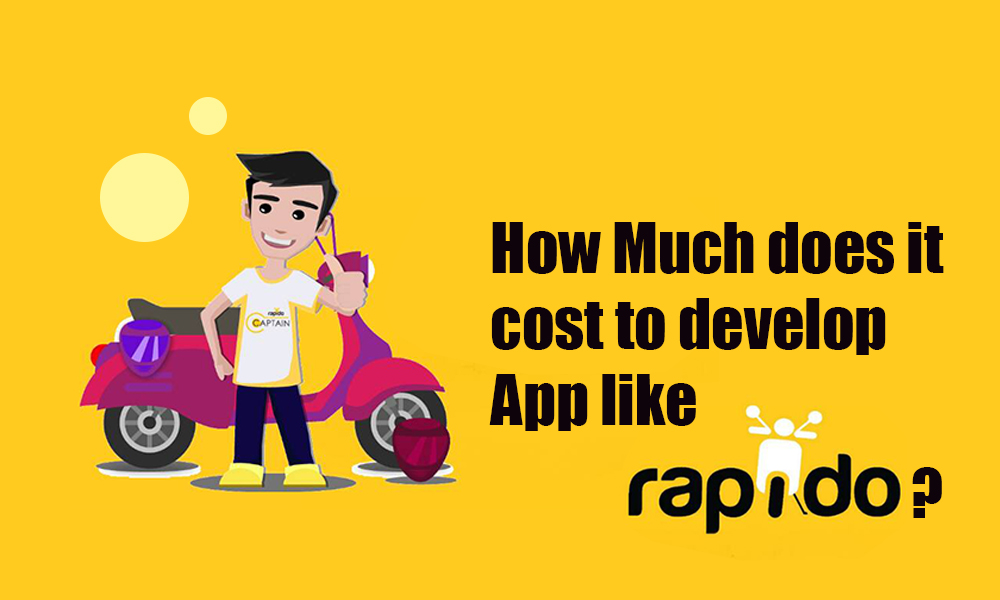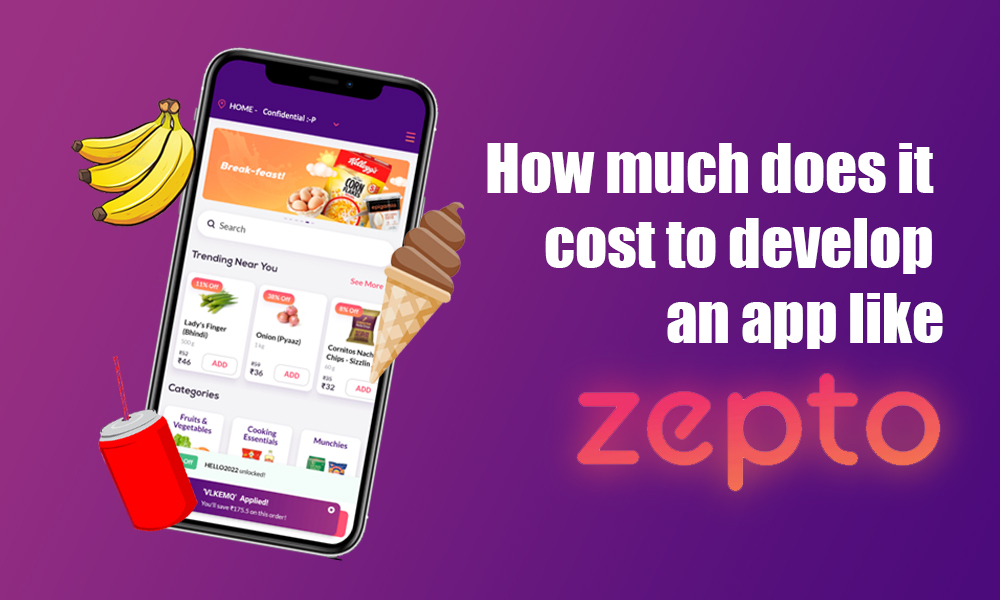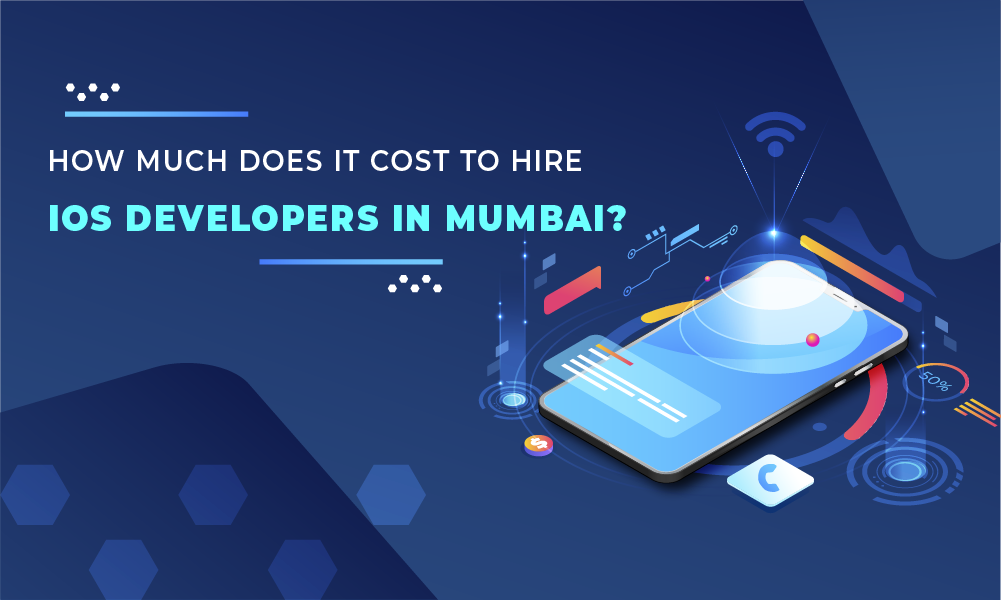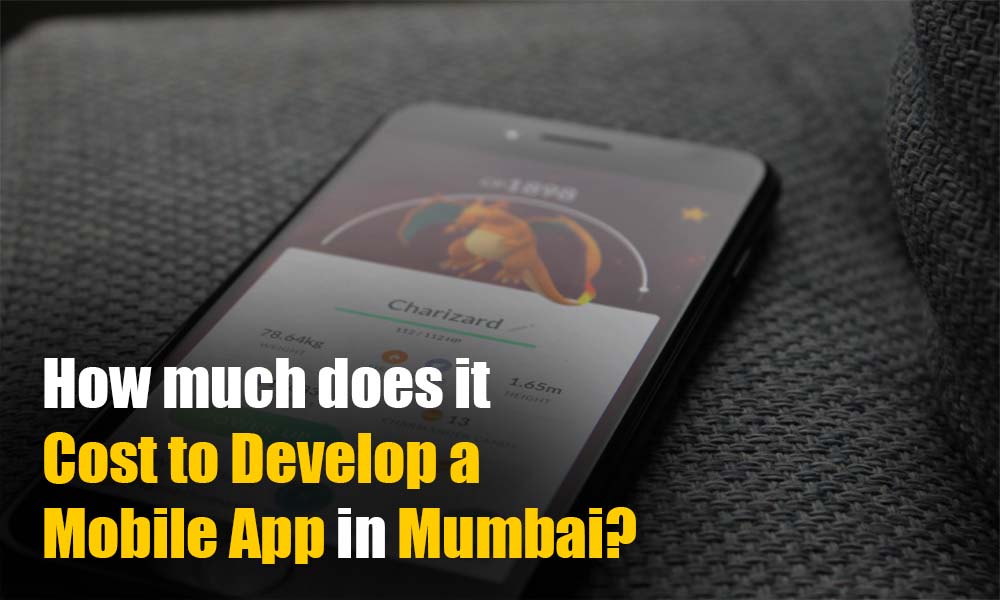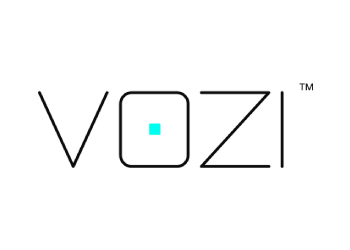Introduction:
Remember the days of waiting in line at the bank, filling out endless forms, and praying the ATM wouldn’t swallow your card? Those days are fading faster than a millennial’s attention span!
Mobile banking apps have revolutionized the way we manage our finances, offering unparalleled convenience, enhanced security, and powerful financial management tools. With global mobile banking users expected to reach a staggering 2.7 billion by 2027, it’s no wonder the demand for cutting-edge mobile banking apps is soaring.
Building a secure and feature-rich mobile banking app can come with a hefty price tag. A recent Appinventiv survey revealed that 42% of businesses consider app development costs a major concern, and let’s be honest, nobody wants financial surprises. That’s where this blog comes in!
This blog serves as your trusted guide to understanding the cost landscape of mobile banking app development in 2024.
Understanding Mobile Banking Apps:
Table of Contents
ToggleMobile banking apps have become indispensable tools for managing personal finances on the go. These apps offer a range of core functionalities that allow users to conveniently access and manage their accounts, make transactions, pay bills, and more.
Developing a mobile banking app involves considering the app type and features. These apps facilitate banking tasks like account management, balance checking, fund transfers, payments, and bill management. They vary from basic versions to full-featured apps offering a wide range of services. Some banks choose white-label solutions, customizable platforms they can brand and tailor to their requirements.
When beginning the development of a mobile banking app, it is crucial to prioritize certain features to ensure a seamless user experience and robust security. This includes taking into account the Android mobile banking app development cost and the iOS mobile banking app development cost, along with opting for the best mobile banking app development services available.
These features include:
- User Authentication and Security:
Implementing robust security measures such as multi-factor authentication and biometrics (e.g., fingerprint or facial recognition) to protect user data and prevent unauthorized access.
- Transaction Management:
Providing users with the ability to perform various transactions, including fund transfers, bill payments, and peer-to-peer payments, securely and efficiently.
- Financial Management Tools:
Offering tools and functionalities to help users manage their finances effectively, such as budgeting tools, expense tracking, and investment management features.
- Push Notifications and Alerts:
Sending timely notifications and alerts to users regarding account activities, transaction updates, security alerts, and promotional offers.
- Chat Support and Customer Service Integration:
Integrating chat support and customer service features directly within the app to enable users to seek assistance, resolve issues, and receive support in real-time.
Successful Mobile Banking Apps:
Understanding cost factors is crucial, but true inspiration comes from seeing exceptional mobile banking apps in action. Let’s dive into the top three mobile banking apps:
- Chime:
Chime offers an intuitive interface and fee-free overdraft protection, catering to tech-savvy millennials and Gen Z. With mobile check deposits and personalized budgeting tools, it empowers underserved communities financially, facilitating seamless money management and providing valuable budgeting assistance.
- Revolut:
Revolut serves frequent travelers and international business individuals with multi-currency exchange, instant international transfers, and virtual debit cards. Its standout features ensure effortless cross-border transactions, competitive currency exchange rates, and valuable spending analytics, offering insights for informed financial decisions.
- N26:
N26 provides a sleek banking experience for young professionals and urban dwellers, featuring a metal debit card with cashback rewards, real-time transaction notifications, and integrated investment tools. Users enjoy a premium banking experience without hidden fees, convenient money management, automated savings options, and opportunities for investment diversification.
Key Factors Influencing Cost:
1. App Complexity:
Basic apps offer core functionalities like account management and bill payment, while advanced apps boast P2P transfers, investment tools, and budgeting features. Naturally, the more complex the app, the longer the development time and the more resources needed, impacting the overall cost.
2. Platform Compatibility:
Deciding on platforms impacts your development approach. Native apps are built specifically for each platform, offering optimal performance, but requiring separate development for each. Hybrid apps offer a cross-platform solution, but may have limitations in functionality and performance. Remember, targeting both platforms doubles the development effort and cost.
3. Security & Compliance:
Implementing robust security measures like data encryption and multi-factor authentication is crucial, but adds to the development cost. Additionally, complying with regulations like PCI DSS and GDPR requires specific protocols and testing, further influencing the cost.
4. Development Team & Location:
The experience level of your development team significantly impacts cost. Senior developers with expertise in mobile banking and security command higher rates. Location also plays a role, with onshore teams typically costing more than offshore teams. Finding the right balance between experience, cost, and cultural fit is key.
Cost Breakdown by Project Scope:
When it comes to mobile banking app development, understanding mobile banking app development cost is crucial. The mobile banking app development company you choose will play a significant role in determining the overall expenses. Let’s delve into the costs and additional considerations to get a clearer picture.
- Simple Banking App:
A simple banking app prioritizes basic functionalities like balance checking, fund transfers, and bill payments. With real-time balance updates and secure transfers, it ensures seamless financial management. Development costs, ranging from $50,000 to $100,000, cover essential security measures and compliance standards, offering a solid foundation for user convenience and peace of mind.
- Feature-Rich Banking App:
Advanced banking apps go beyond the basics to offer investment tracking, budgeting tools, and secure P2P lending. Integration with financial instruments and robust security measures ensures user trust. Development investment, ranging from $150,000 to $250,000+, caters to tech-savvy users seeking comprehensive financial management solutions.
- Custom Banking App:
Tailored for unique needs, custom banking apps feature AI-driven insights, personalized budgeting, and integration with third-party services. Complex development, ranging from $250,000 to $500,000+, ensures a bespoke user experience with advanced functionalities and top-tier security measures, setting them apart in the competitive banking app landscape.
Additional Cost Considerations:
- Design and User Interface (UI):
Creating a user-friendly interface and an eye-catching design is crucial for a successful mobile banking app. The more complex the design, the more time and money it’ll take to develop. Investing in a smooth, easy-to-use interface is key to attracting and keeping users engaged.
- Maintenance and Updates:
Once your app is live, it’ll need regular maintenance to fix bugs, add new features, and keep it secure. Budgeting for ongoing updates ensures your app remains functional and safe for users in the long run.
- Marketing and Promotion:
Even the best app needs promotion to reach its audience. Allocating funds for marketing strategies like app store optimization and social media campaigns helps attract users and boost engagement.
- Data Storage and Security:
Safeguarding user data is crucial in the banking world. Consider the costs of secure cloud storage and strong data encryption solutions. Prioritize implementing top-notch security measures to build trust with users. While it may mean spending more, it’s a vital investment in protecting sensitive user information and ensuring your app’s success.
Cost-Saving Strategies for Mobile Banking App Development:
Developing a secure and feature-rich mobile banking app doesn’t have to be expensive. By implementing smart strategies, you can streamline your budget and enhance value during the custom mobile banking app development services phase.
Cost-saving doesn’t mean compromising on quality or security. By implementing the following strategies, you can develop a secure, user-centric mobile banking app that fits your budget and fuels your financial success.
1. Start small by focusing first on the key features people will actually use; you can gather feedback and add other bells and whistles over time. This thoughtful approach helps control expenses while still providing real value to users quickly.
2. There are open-source code libraries available for free that take care of basic functions like design elements or data checks. Tapping into these can really speed up development and shave down costs, freeing up cash for the unique features that set your app apart.
3. Freelancers may seem cheaper, but a team from an established firm offers major advantages. They have specialized expertise in critical areas like security, regulations, and mobile development, helping to avoid potentially costly missteps.
4. Low-code platforms promise faster, lower-cost app building through simple drag-and-drop interfaces. However, they have limits and may not handle complex or security-sensitive capabilities. Thoroughly assess if they truly meet your needs.
5. Clear communication and insight into exact pricing drivers like features, platform needs, and security measures are key.
6. Development is just the start; you need to budget for continuous maintenance, enhancements, and marketing campaigns to keep your app relevant, useful, and discovered by your audience.
7. Depending on the innovative potential, grants, angel investors, or venture capital could offset development costs and fuel growth.
How can ReapMind assist you in developing a stellar mobile banking app?
Mobile banking apps have significantly changed how we manage our finances, offering convenient access, personalized experiences, and powerful financial tools. With global mobile transactions projected to hit $5 trillion by 2024, the demand for secure, user-friendly banking apps has never been higher. Choosing the right development partner is crucial for success.
Whether you’re considering Android mobile banking app development costs or iOS mobile banking app development costs, finding the right development partner is crucial to your success.
You need a partner who understands the unique challenges and regulations of the financial industry, can leverage cutting-edge technologies responsibly, and prioritizes your unique needs and budget.
That’s where ReapMind comes in.
Why ReapMind?
- Team ReapMind possesses profound financial industry knowledge, staying ahead of trends and regulations like PCI DSS and GDPR to guide the development of futuristic yet compliant apps.
- At ReapMind, we collaborate to understand your audience, features, and budget in order to craft unique, vision-aligned apps rather than imposing one-size-fits-all solutions.
- We responsibly harness innovative AI, like personalized budgeting tools and customized investment recommendations, to create next-level, engaging, and tailored user experiences.
- By utilizing robust, multilayered security protections, including encryption, authentication, and real-time monitoring, we safeguard user data against intensifying cyber threats.
- Our collaborative process involves regular communication, progress updates, and transparent cost breakdowns for aligned expectations and seamless partnerships.
- We deliver ongoing post-launch services like security updates, maintenance, and feature additions to keep your app competitive, compliant, and relevant for long-term success.
Don’t let the cost hold you back. Contact ReapMind today for a free consultation!
Conclusion:
Wrapping up!
Developing a mobile banking app isn’t a one-size-fits-all endeavor, and investing in quality from the start saves you time and money in the long run.
In today’s competitive landscape, partnering with a reliable mobile banking app development company is essential. ReapMind boasts extensive expertise and experience in crafting secure, user-friendly, and feature-rich banking apps that foster trust and engagement.
Contact ReapMind, the best mobile banking app development company, for a personalized cost estimate and consultation. Our team ensures the best mobile banking app development services tailored to your requirements, offering transparent insights into mobile banking app development – Pricing and Features.
FAQs:
- How can I get started with ReapMind?
Ans: Contact us today for a free consultation! We’ll provide a tailored cost estimate based on your specific needs.
- What kind of ongoing costs should I expect after the launch?
Ans: Budget for bug fixes, new features, security patches, maintenance, and marketing and promotion to ensure your app’s success and user engagement. Hosting, data storage, and app store fees may also apply.
- How long does it typically take to develop a mobile banking app?
Ans: The development timeline depends on several factors, including app complexity, features, and team size. Simple apps can take 3-6 months, while complex ones might require 12 months or more.
- Do I need to develop an app for both Android and iOS?
Ans: Not necessarily. Consider your target audience and their preferred platforms. If budget is a concern, starting with one platform (Android or iOS) might be more feasible, with the option to expand later.
- How much does a basic mobile banking app cost to develop?
Ans: A basic app with core features like account access, transactions, and bill payment can range from $25,000 to $50,000. However, the exact cost depends on your specific needs and the chosen development team.
- What about a full-fledged mobile banking app with advanced features?
Ans: Feature-rich apps with investment tools, budgeting dashboards, and P2P transfers typically cost between $50,000 and $100,000+. Complexity and additional features can significantly impact the price.







